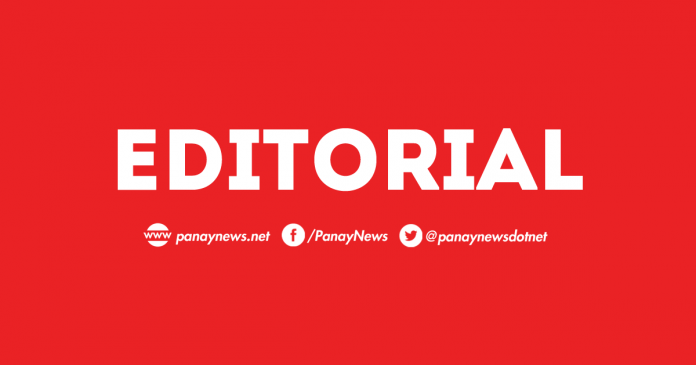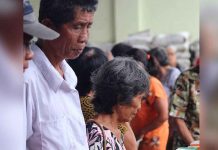
EACH YEAR, our country is battered by an average of 20 tropical cyclones. Disaster preparedness is therefore is not optional; it is essential. But preparedness alone is not enough. Equally vital is how we learn from past experiences. In this regard, Iloilo Province is setting an example worth following.
The Provincial Disaster Risk Reduction and Management Office (PDRRMO) of Iloilo, as reported by this paper recently, released a consolidated situational overview of the typhoons and weather disturbances that affected the province during the second half of 2024. The overview went beyond routine documentation. It offered a clear timeline of events, specific local impacts, response actions taken, and most importantly, areas for improvement — underscoring how data can serve as a compass for smarter disaster management.
While Iloilo was spared from direct landfall in 2024, the province faced recurring indirect threats: coastal surges, enhanced monsoon rains, travel disruptions, and localized flooding. Rather than downplay these as “minor,” the PDRRMO treated them as opportunities to assess readiness, measure response times, and evaluate coordination among local government units. The result? A data-rich narrative that enables better planning for the future.
This is the kind of disaster governance that other provinces must emulate. A culture of transparency and post-disaster analysis allows for strategic investment in early warning systems, smarter deployment of resources, and more effective community-based responses. It empowers mayors and barangay officials to plan with facts, not guesswork. It helps national agencies like the Office of Civil Defense and the Department of Interior and Local Government identify vulnerabilities with clarity and precision.
Moreover, it builds public trust. Citizens deserve to know what went right, what went wrong, and how local governments are working to improve. The PDRRMO’s report proves that it is possible to communicate both accountability and confidence at the same time.
What makes Iloilo’s model more impressive is its consistency. All 43 local government units submitted situation reports, and the provincial government maintained coordination and readiness even during holidays and under less severe weather. This commitment to routine data-gathering — regardless of the storm’s intensity — shows an institutional mindset that values every lesson, no matter how small, in the pursuit of resilience.
Imagine the national impact if every region embraced this approach. A data-driven disaster management framework could transform how we forecast risks, allocate resources, and protect communities. It would create a more informed system — from barangay councils to national policymakers — making the Philippines not just typhoon-ready but typhoon-smart. In a time when disasters are growing more frequent and unpredictable, Iloilo’s systematic and analytical approach offers a hopeful blueprint.







